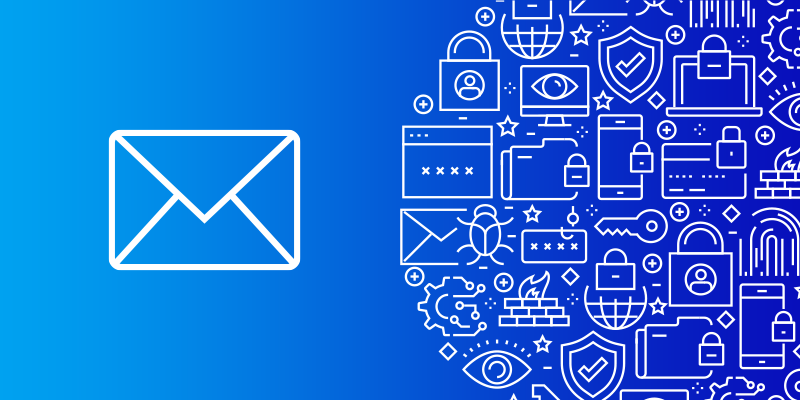
May 15th, 2023
Introduction
Mail protocols play an essential role in the process of sending and receiving emails. These protocols establish a systematic method of communication between email servers and clients, ensuring that the right messages are delivered to the right recipients. In this article, we will explore the different types of mail protocols and the functions they perform.
Simple Mail Transfer Protocol (SMTP)
SMTP is the standard protocol for sending emails across the Internet. It is responsible for the transfer of messages from the sender's email client to the recipient's email server. SMTP uses a simple, text-based protocol that allows servers to communicate and deliver messages reliably.
The primary function of SMTP is to:
- Send email messages from a client to a server.
- Transfer messages between email servers.
- Handle error messages and delivery status notifications.
Post Office Protocol version 3 (POP3)
POP3 is an email retrieval protocol that allows users to download emails from their mail server to their local email client. POP3 operates on a "store-and-forward" basis, meaning that it stores emails on the server until they are downloaded and deleted by the user.
The primary functions of POP3 are to:
- Retrieve email messages from the server to the client.
- Manage the mailbox by deleting downloaded messages from the server.
- Allow for offline email access, as messages are stored locally.
However, POP3 has some limitations, such as the lack of synchronization between multiple devices and the potential for data loss if the local storage is compromised or corrupted.
Internet Message Access Protocol (IMAP)
IMAP is another email retrieval protocol that offers more advanced features compared to POP3. It allows users to access, manage, and organize their emails on the mail server itself, without the need to download them to their local email client. This makes it an excellent choice for users who access their email accounts from multiple devices, as it synchronizes emails across all devices automatically.
The primary functions of IMAP are to:
- Access email messages stored on the server from multiple devices.
- Manage and organize emails on the server, with folders and labels.
- Keep email messages synchronized across devices, ensuring real-time access.
Microsoft Exchange ActiveSync (EAS)
EAS is a proprietary protocol developed by Microsoft for synchronizing emails, contacts, and calendar events between email clients and Microsoft Exchange servers. EAS enables real-time, push-based synchronization and is optimized for mobile devices with limited bandwidth and processing capabilities.
The primary functions of EAS are to:
- Synchronize emails, contacts, and calendar events between clients and Exchange servers.
- Provide real-time, push-based synchronization for mobile devices.
- Optimize data transfer for devices with limited bandwidth and processing power.
Messaging Application Programming Interface (MAPI)
MAPI is a messaging architecture developed by Microsoft, which allows email clients to communicate with Microsoft Exchange servers. MAPI is not a standalone mail protocol but rather an API that enables email clients, like Microsoft Outlook, to access various messaging services, such as sending and receiving emails, managing contacts, and handling calendar events. MAPI allows for seamless integration of email and other collaboration tools within the Microsoft ecosystem.
The primary functions of MAPI are to:
- Enable communication between email clients and Microsoft Exchange servers.
- Provide a rich set of messaging features, including emails, contacts, and calendar events.
- Facilitate seamless integration of email and collaboration tools within the Microsoft ecosystem.
Conclusion
Understanding the different mail protocols is essential for choosing the right one for your needs. SMTP is the standard protocol for sending emails, while POP3 and IMAP are used for retrieving and managing emails. POP3 is suitable for users who prefer to download their emails for offline access, while IMAP is ideal for those who access their email from multiple devices. EAS is designed for Microsoft Exchange users who require real-time synchronization of emails, contacts, and calendar events on their mobile devices. Lastly, MAPI is a messaging architecture that allows email clients to communicate with Microsoft Exchange servers, offering a seamless integration of email and collaboration tools within the Microsoft ecosystem.
Ready to take control of your email experience? Explore Sectorlink's comprehensive email hosting plans today! Visit https://www.sectorlink.com/emailhosting/ and find the perfect solution for your needs.
